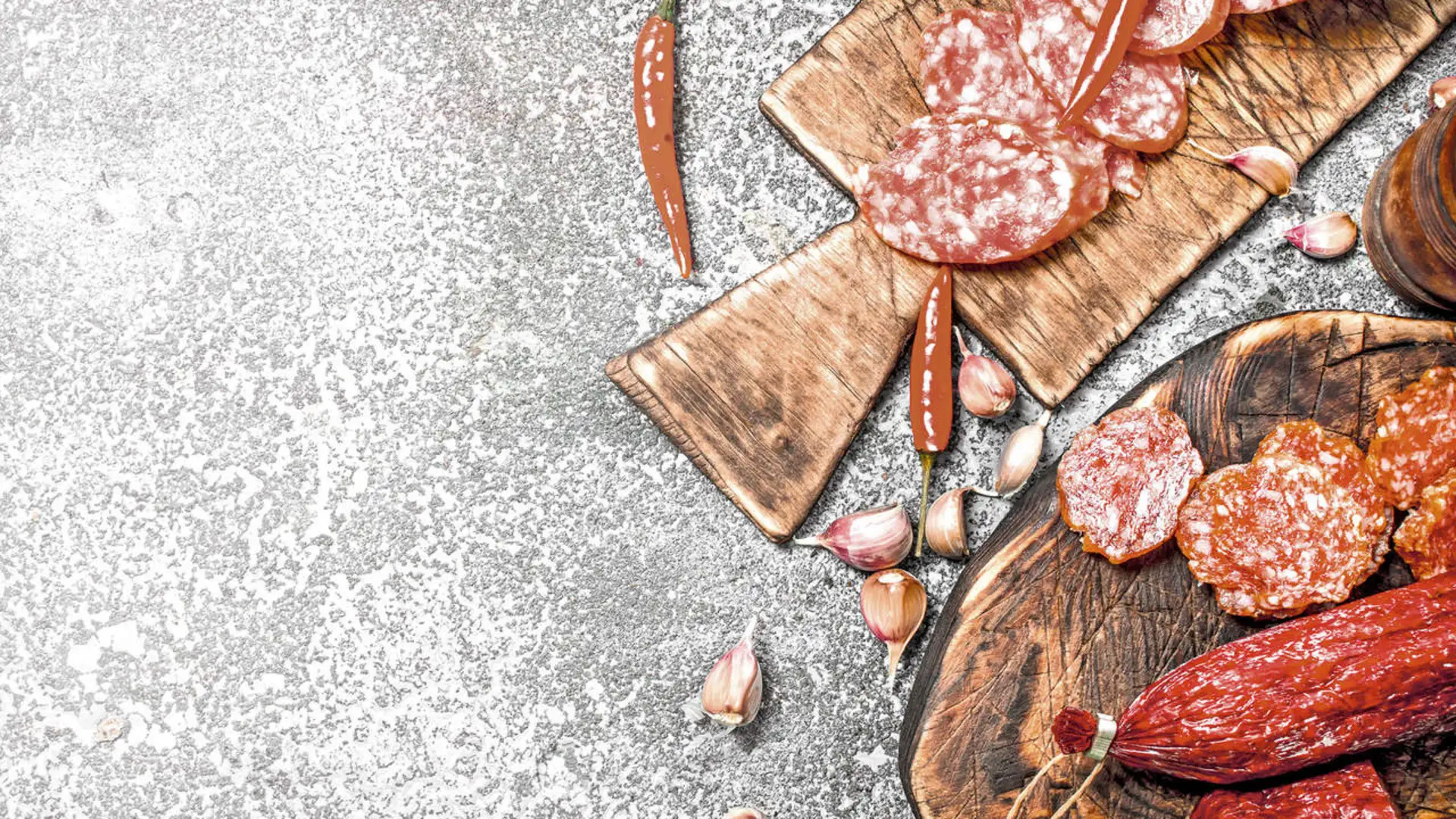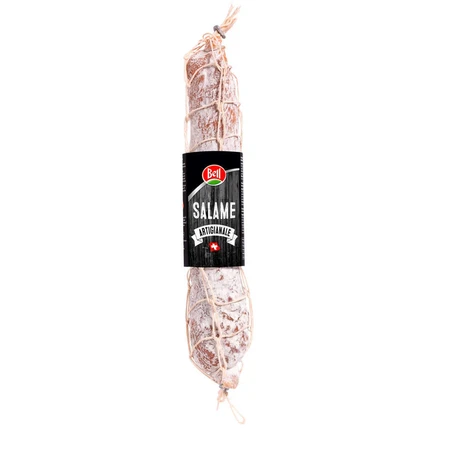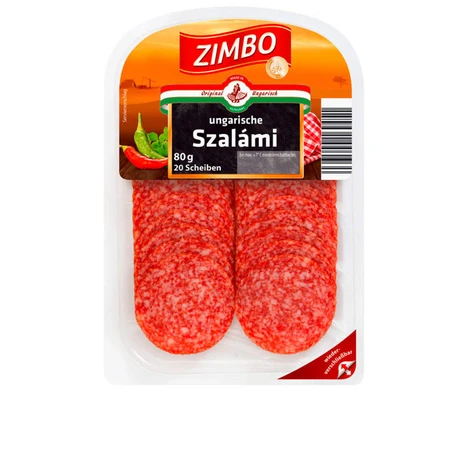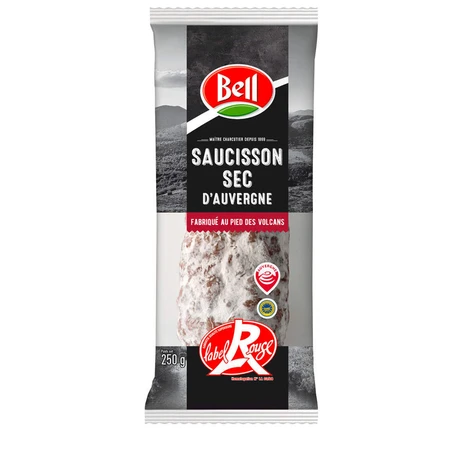On the trail of salami: a German-Italian co-production?

May we briefly shake up your culinary world view? There is an assumption that salami does not have its roots in Italy at all, but in northern Germany. It is said to have been brought from there to northern Italy by the Lombards as a durable foodstuff, where they settled and laid the foundations for the art of sausage making in this region.
So much for historical speculation. Now back to the facts. It is undisputed that the word "salami" comes from the Italian and means something like "salted sausage". There are around 40 different varieties in Italy alone. From there, salami conquered the neighboring European countries, where many other varieties were created - from the fine Cervelat sausage in Germany to the coarse chorizo in Spain. The Hungarian szalámi with its strong paprika flavor is also world-famous.Salami is a type of raw sausage in which the meat is preserved by salting and drying. Bell in Switzerland alone produces around 2'600 tons of salami every year. Because so much has to be taken into account, its production is also regarded as the "supreme discipline" of the butcher's trade. One important factor is the right choice of meat. "Meat from older animals that have been fed properly is best. This has a positive effect on both the color and the maturing process," explains Arnaud Kauffmann, Head of Raw and Cooked Sausage Process at Bell in Switzerland.The sausage meat is produced in a cutter or mincer, depending on the variety and desired grain size. The most important other ingredients include salt and sugar as well as special bacterial strains, known as starter cultures. Once the sausage meat has been filled into the casing, the final and very important step in production takes place: maturing. Air-dried or smoked, with or without an outer layer of mold, this gives the different varieties their typical character."While the popularity of salami as a bread or pizza topping and as tapas remains unbroken, it is also becoming more and more of a trend in the snack sector," reports Clemens Muntau, Deputy Head of the Raw Sausage Mincing Department at Bell in Switzerland. This is why the Bell range now also includes various types of salami in snack format.Air-dried salami
In the Mediterranean region, salami is mainly matured by air-drying. In this process, all influences such as humidity and temperature are closely monitored. Depending on the caliber of the sausage, drying can vary from one week to three months. Popular examples from Bell are the "Salame Artigianale" with a coarse grain and eight weeks maturing time and the somewhat finer "Naturafarm Salami Milano", which matures for ten weeks

Smoked salami
Salami with a smoky flavor is very popular in Northern Europe. The sausages are gently smoked at temperatures below 20° C over smouldering beechwood chips. This method contributes to the enduring popularity of ZIMBO's "Vier Jahreszeiten Salami" and Hungarian "Szalámi", among others.

Salami with mold
The salami gets an intense taste when it is covered with a layer of mold after filling. This coating also protects the sausage against unwanted external influences. Moldy variants from Bell include "Salametti", a small-format snack for on the go, and the "Saucisson sec d'Auvergne", which is very popular in France and bears the "protected geographical indication" seal.
